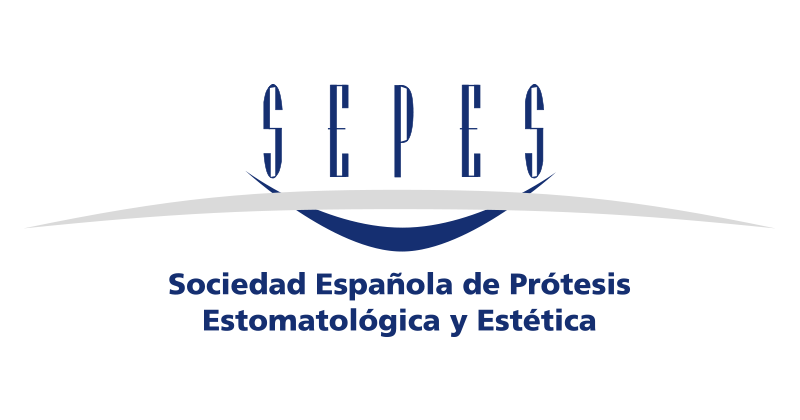Emergence Profile Design: Clinically guied or Biologically guided?
The emergence profile directly influences the architecture of the soft tissues and, therefore, the overall aesthetics and natural appearance of an implant-supported restoration. Beyond trying to imitate the natural contours of the soft tissue of the adjacent teeth, the anatomical design of the emergence profile and the physicochemical properties of the materials used also condition the marginal bone stability and other important clinical parameters.
Recent publications have sparked a heated debate about the ideal dimensions of the emergence profile, including the height of the abutment, the correct angulations, and the most appropriate morphology, in order to prevent biological and mechanical complications. In the absence of a robust level of evidence on certain points, some of the parameters used to design the profiles, both during the provisional and definitive phases, are still based on personal clinical experience.
There are likely different designs and material combinations that can achieve successful clinical outcomes. However, in all of them, respecting certain concepts based on the knowledge of the histology and physiology of peri-implant tissues is the key to ensuring that the initial aesthetic result lasts for years in good health.
This talk will review these principles and how they can be applied to daily clinical practice in a practical, simple, and reproducible way.
CV
- Degree in Dentistry from the University of the Basque Country UPV/EHU. (2000)
- Doctor of Dentistry from the UPV/EHU. (2008)
- Associate Professor at the UPV/EHU. (Accredited as a Doctor Lecturer by ANECA).
- Professor of the Master's Degree in Oral and Maxillofacial Pathology UPV/EHU (2006-2019)
- Professor and researcher at the UIRMI -University Institute for Regenerative Medicine and Oral Implantology) - (Eduardo Anitua Foundation-UPV/EHU).
- Postgraduate Professor in 4 different programs on oral implantology and regenerative medicine.
- Member of the Board of Directors of the Spanish Society of Oral Surgery SECIB (2019 - 2021).
- Member of the Scientific Committee of SECIB (2009- Present).
- Participating researcher in 13 competitive research projects through public calls.
- Author of more than 50 articles published in indexed journals.
- Collaborating author in 5 books.
- National and international speaker on Oral Surgery, Implantology and Prosthodontics.
-
Related content
-
Asier Eguia del Valle11/10/2024 12:15 - 13:00
Friday




